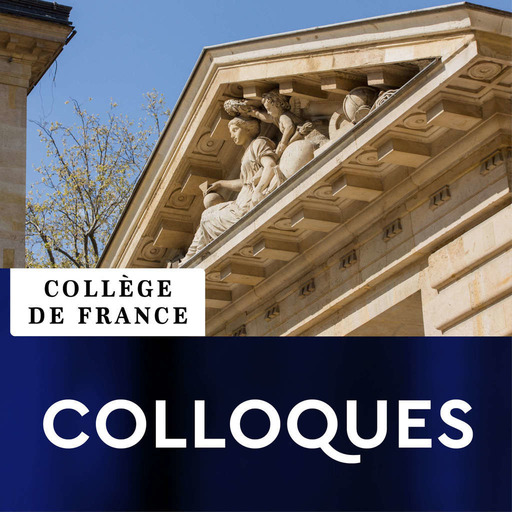Virginie Courtier-Orgogozo
Biodiversité et écosystèmes (2022-2023)
Collège de France
Colloque - Integrating Evolutionary Genetics and Ecology : Diversity and Evolution of Visual Systems in Frogs and Toads
Organisms rely on their senses—touch, hearing, vision, smell—to interpret their surroundings to find food, avoid predators, find mates, regulate temperatures, and follow their circadian rhythms. These complex traits are fascinating to study because they are under strong selection and give us a glimpse as to how other organisms experience the world. Frogs are compelling models for investigating the diversity and evolution of sensory systems because they have adapted to live (and sense) in a wide variety of environments, from tropical rainforests to deserts, and underground (fossorial) to tree-dwelling (arboreal). While some species are active during the day, others come out at night. Some frogs are completely aquatic and of course, many frogs have a major transition in their development as they metamorphose from an aquatic tadpole to a terrestrial adult. In this seminar I will share some of our current research combining spectral, morphological and genomic approaches to understand how frog visual systems have evolved in response to different environmental and behavioral contexts.
Rayna Camille Bell received her Ph.D. in Ecology and Evolutionary Biology from Cornell University in 2014, and was awarded a University of California Chancellor's Postdoctoral Fellowship in the Museum of Vertebrate Zoology at the University of California, Berkeley. In 2015, Rayna joined the National Museum of Natural History as Curator of Amphibians and Reptiles where she remains a research associate. In 2019, Rayna moved to the California Academy of Sciences where she is the Assistant Curator of Herpetology. Rayna's research focuses on the ecology and evolution of amphibians and reptiles with an emphasis on island biogeography, hybrid zones, and coloration phenotypes.


 Education
Education

